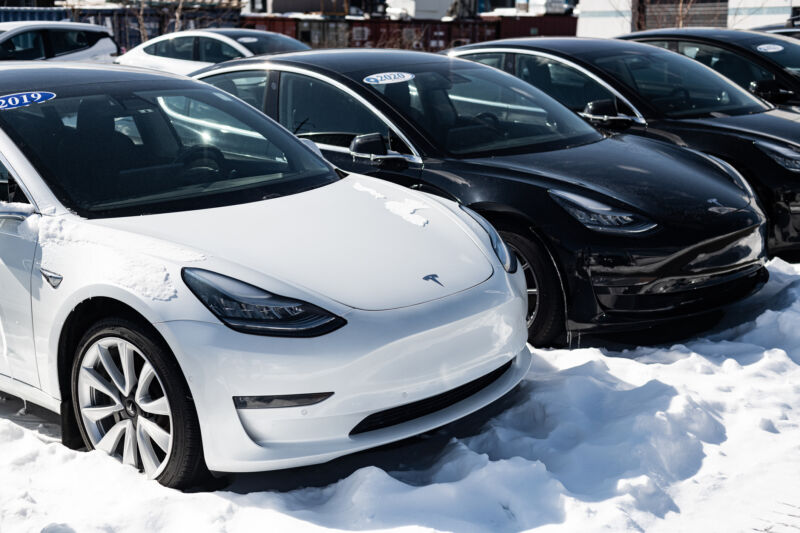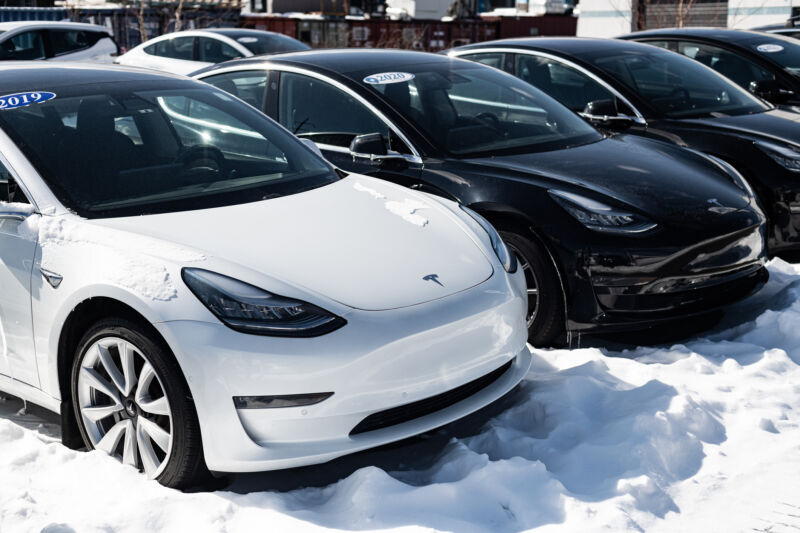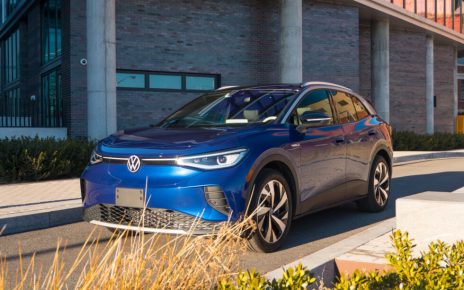
Enlarge / Used Tesla model 3 sedans available to purchase at an all-EV dealership. (credit: shaunl | Getty Images)
David Cottrell got his $39,999 Tesla Model Y last February. The compact electric hatchback was a fantastic car, he says. But just a few months later, he decided to input the make and model into the website of an online used car retailer. Surprise! The Tesla was already worth $10,000 more than he and his wife had paid for it. They were thinking of buying a house in their hometown of Seattle, and the extra cash felt like a no-brainer. By June they had sold for $51,000—a tidy profit.
Now, Cottrell looks back at the transaction with a twinge of regret. He loves his new home and is excited about his reservation for a roomier Rivian electric truck, which is set to be delivered this summer. But when he plugged the same Model Y into the online used retailer again this month, he found the car would be worth only about $2,000 less than what he sold it for—even after factoring in the 20,000 miles he’s driven since then. “If we could have kept it, I could have driven for a year here and could have come out pretty equal,” he says.

This is not the way a car’s life span is supposed to work. They’re supposed to lose their value over time. This is why used cars are, generally, less expensive than new ones. But right now, everything is topsy-turvy. A toxic mix of pandemic-era supply shortages and inflation have spiked prices of used cars and trucks, which were up 35 percent in March compared to the same time last year, according to the US Bureau of Labor Statistics. It’s not unusual for certain used luxury cars, like Porsches and Corvettes, to go for more than their original sticker prices, says Luke Walch, the owner of Green Eyed Motors, a dealership outside Boulder, Colorado, that specializes in electric and hybrid vehicles. Now, “it’s trickled down into the commoner’s car,” he says.





